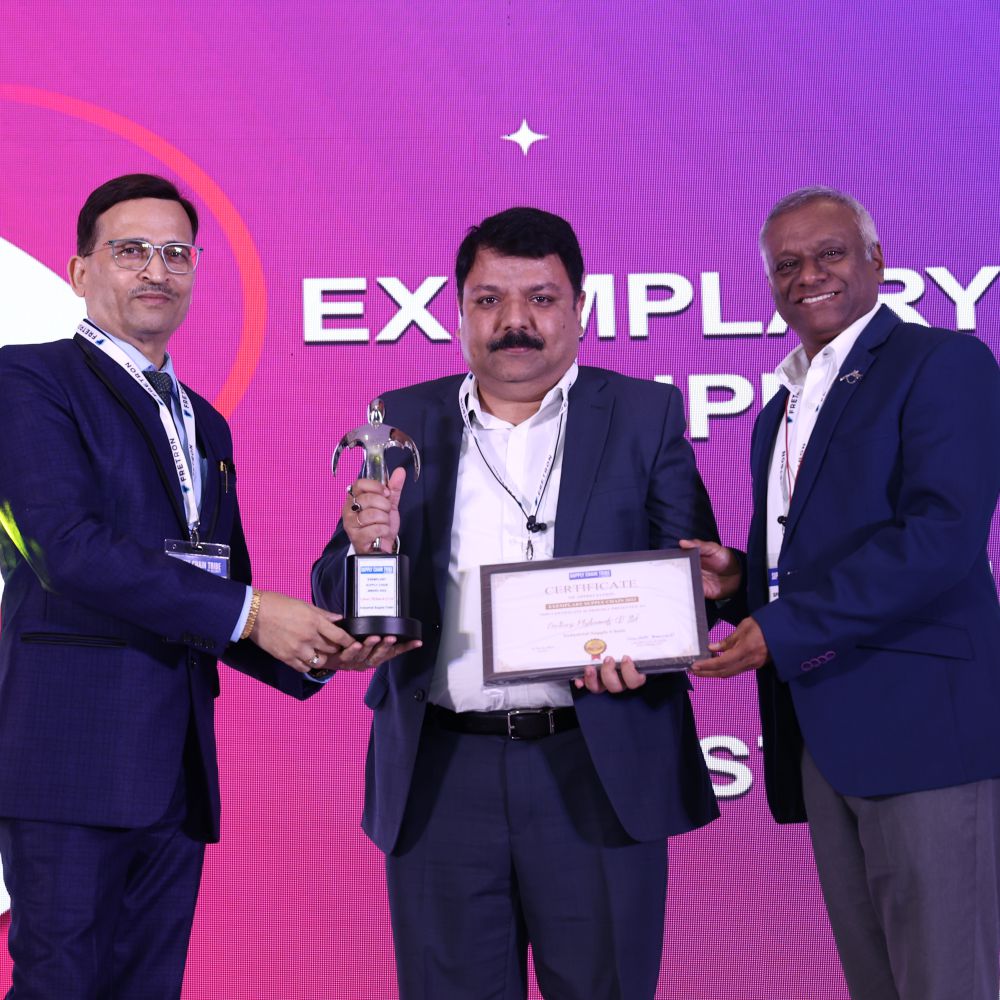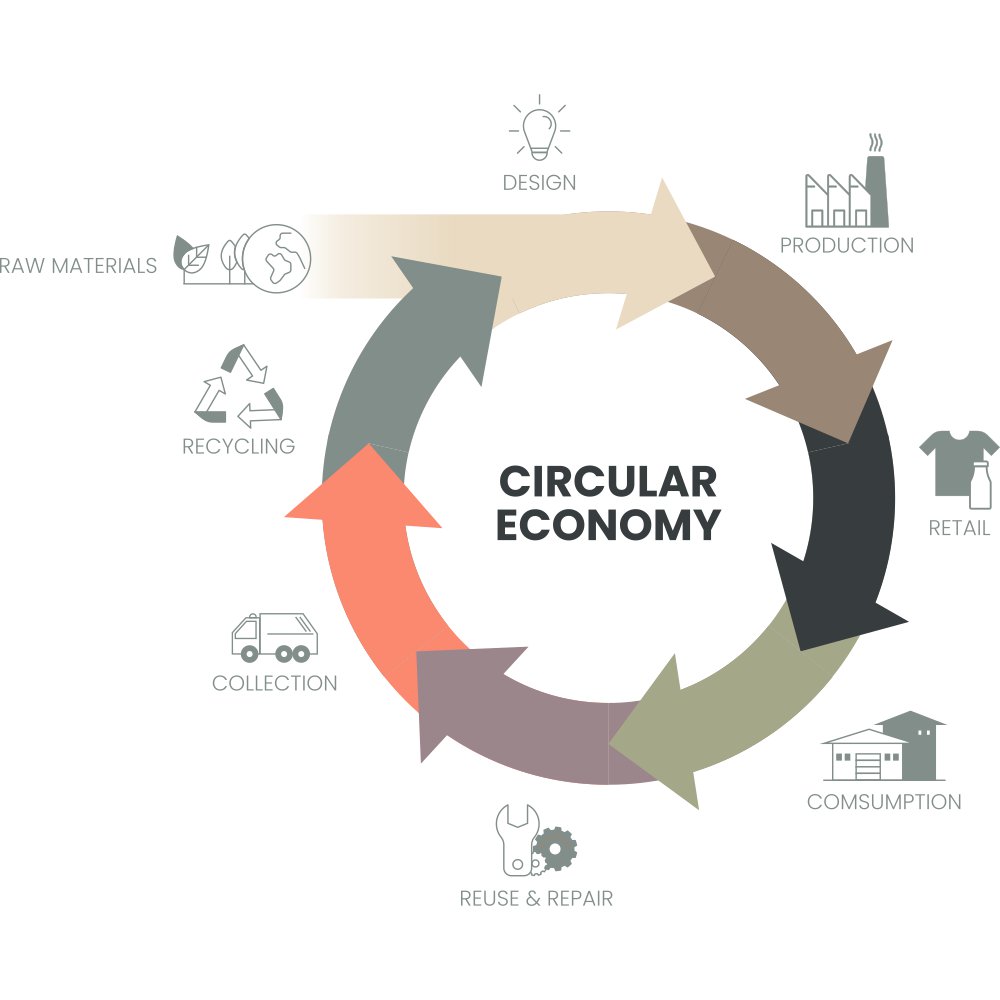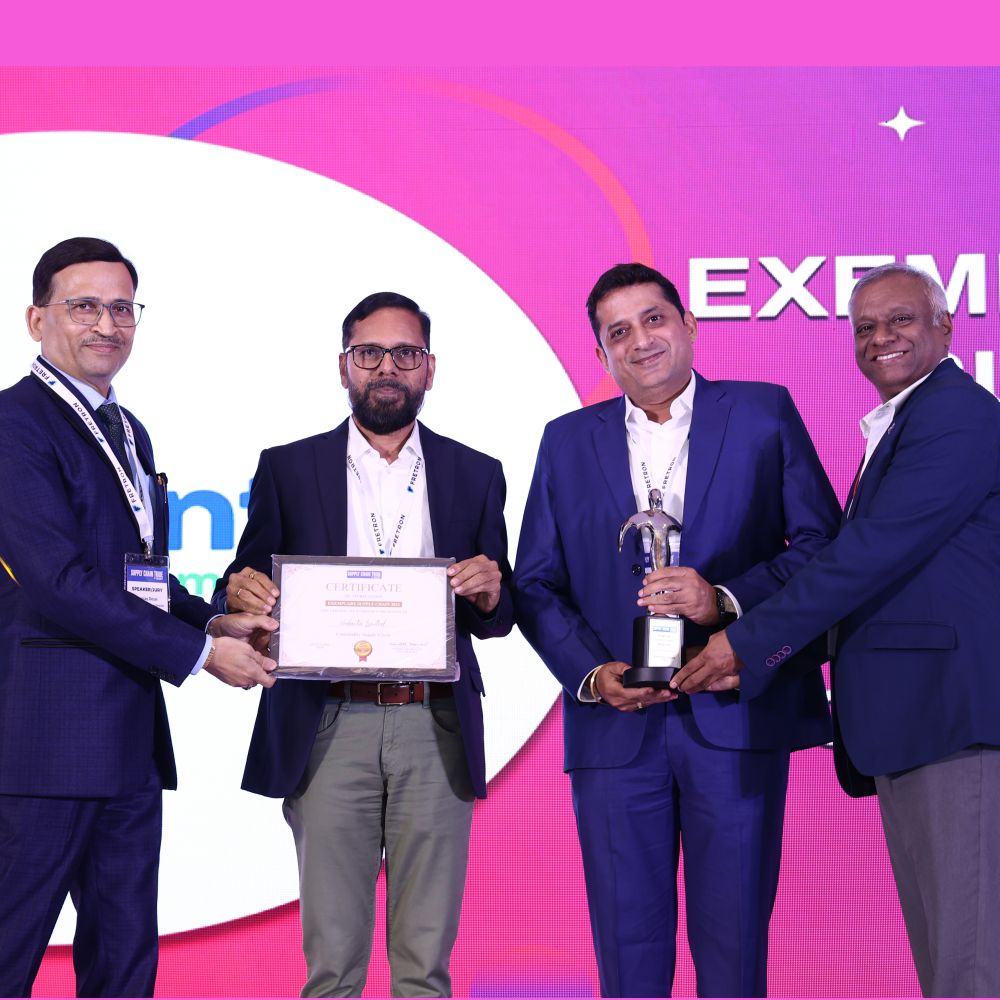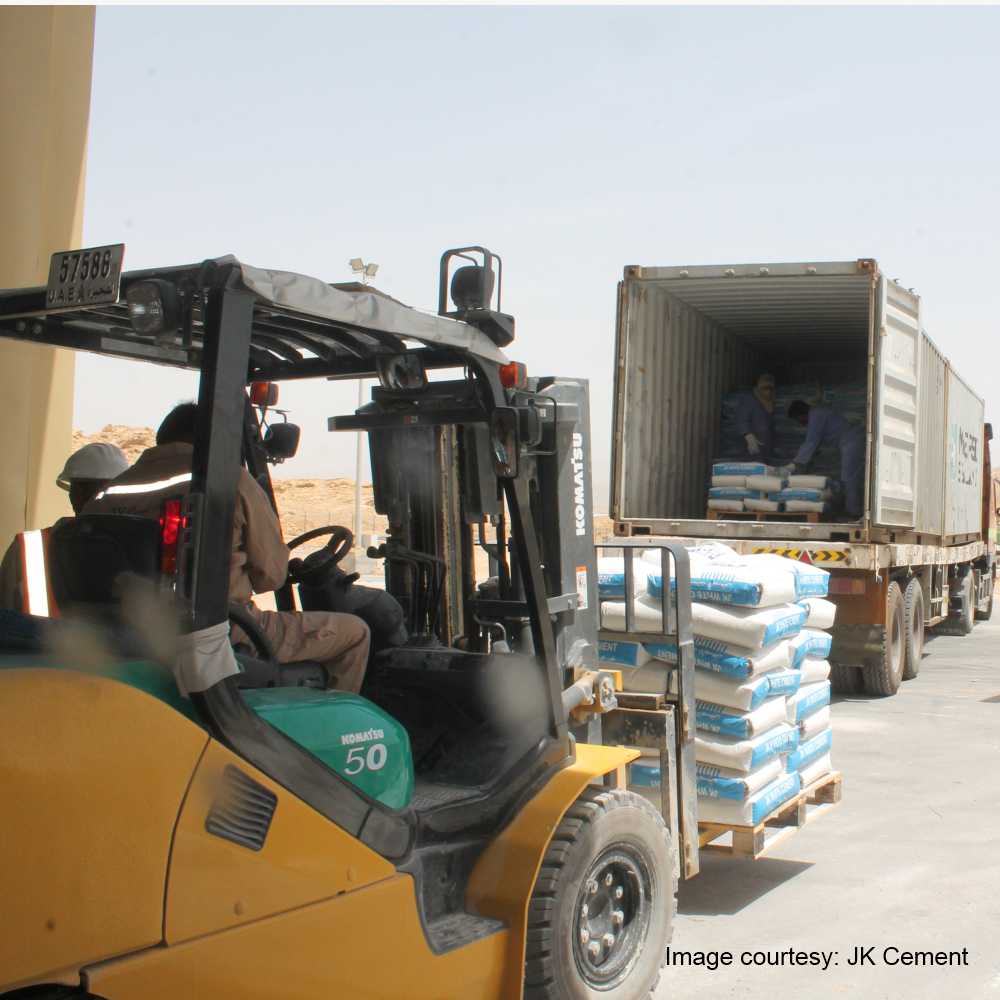With vast network of channel partners spread across the country, being catered from respective RDCs, across locations for their Deco vertical, there was a dire need for reduction in TAT for CenturyPly. The supply chain team came up with the idea of having a Central Distribution Center (CDC) to address all the possible issues related to TAT. Here’s how they achieved it…
CenturyPly has been the frontrunner in applying innovation at work. This simple philosophy has been the cornerstone of all its processes and technologies. It has led them to design and deliver contemporary lifestyle statements that have become synonymous with modern living. The company today is recognized as the largest seller of multi-use plywood and decorative veneers in the Indian organized plywood market.
CenturyPly laminate distribution network was direct from manufacturing plant to pan India distribution centers without having any central hub/ plant warehouse. This used to result in high inventory at warehouses with lower flexibility for managing demand fluctuations as replenishment lead time was high. Geographically spread across the country, from manufacturing plant at single location, it was observed that TAT is on higher side, as this included, PLT + QLT + TLT.
- PLT – Plant Lead Time for production of material
- QLT – Queuing Lead Time for FTL quantity
- TLT – Transit Lead Time for in-transit time taken to reach the designated RDC location
Further spiralling effect of problem was there due to the number of SKUs, which is approximately 1000+ numbers and production requirement has been generated basis consumption of SKUs at different RDC locations.
CHALLENGES
With vast network of channel partners spread across the country, being catered from respective RDCs, across location for Deco vertical, it had become dire need for reduction in TAT. Increasing competition in the markets across, triggered requirement of availability of material at different RDC locations in full against placed orders and added to the above mentioned cause. At the same time, space and size of the RDCs remain unchanged, as the same locations have been in use to cater to both peak and low requirements in the market. Furthermore, increasing space is a costly affair subject to management approval. Service Level is another tangent, which couldn’t be ignored at the same point in time.
Faster replenishment to different RDCs, from single manufacturing plant location can only be achieved, if TAT and/or components of TAT are lowered. Highest operational efficiency had been touched for the components of TAT and further scope of improvement for those seemed very bleak.
APPROACH & METHODOLOGY
Consolidation of demand of different SKUs for production at plant in bulk/ large lot and single point of distribution from ready stock at plant seemed to be a step closer towards solution for addressing the challenges at hand. Current manufacturing plant was producing as per consumption of SKUs at different RDCs and didn’t have the provision to keep finished goods stock at the premise. It was decided by the team to build a Central Distribution Center at manufacturing plant to address the above mentioned issues. Firstly, an FG stocking location was identified with due approvals from management, then required system configuration was done in ERP and finished goods were stored in vertical racking.
OUTCOME
The SCM team came up with the idea of having a Central Distribution Center (CDC) to address all the possible issues related to TAT. This resulted in the reduction in TAT from requirement generation to dispatch from plant, as it is now happening from ready stock of finished goods, instead of production and then dispatch. Over 55% reduction in KM run was achieved for DCs, which used to get fed from RDC, and is now being catered from the plant directly. The company achieved 55% reduction in carbon emission and 45.6% reduction in cost due to direct feeding from plant for the DCs. The solution significantly improved sales as now TAT has been reduced and stock availability has gone up by 8%.
DTC (DIRECT TO CUSTOMER) PROJECT
Cost to serve is an increasing challenge for all supply chain function to address. With a view to reduce the same, Century ply identified an innovative way to save cost and increase service level. The team identified a need / possibility of direct delivery from manufacturing plants to Dealer / project site. They were serving those orders in smaller load from regional warehouses in multiple deliveries, resulting in dual handling and higher freight costs as the dealers were not willing to invest in bulk purchases.
The SCM team worked out threshold value for share the saving with dealer in case they lift higher load direct from plant. Success of this project majorly depends on the channel partners, as they have to place large lot of orders. Benefits, in terms of additional discount, have been passed on to the channel partners to make this project successful.
By encouraging direct delivery to channel partners from manufacturing plants, following have been aimed to achieve:
- Higher business volume with large lot of orders
- Economies of scale for freight by using higher capacity vehicles for dispatch
- Savings on other operational costs compared to delivery through secondary locations, e.g. Handling & Secondary Freight.
This project delivered excellent result and at present 30% of the volume is going directly to dealer, resulting in 4.3% annual supply chain cost saving and less handling direct dispatch is ensuring lesser TAT and chance of B&D.

Categories

Magazine Editions























